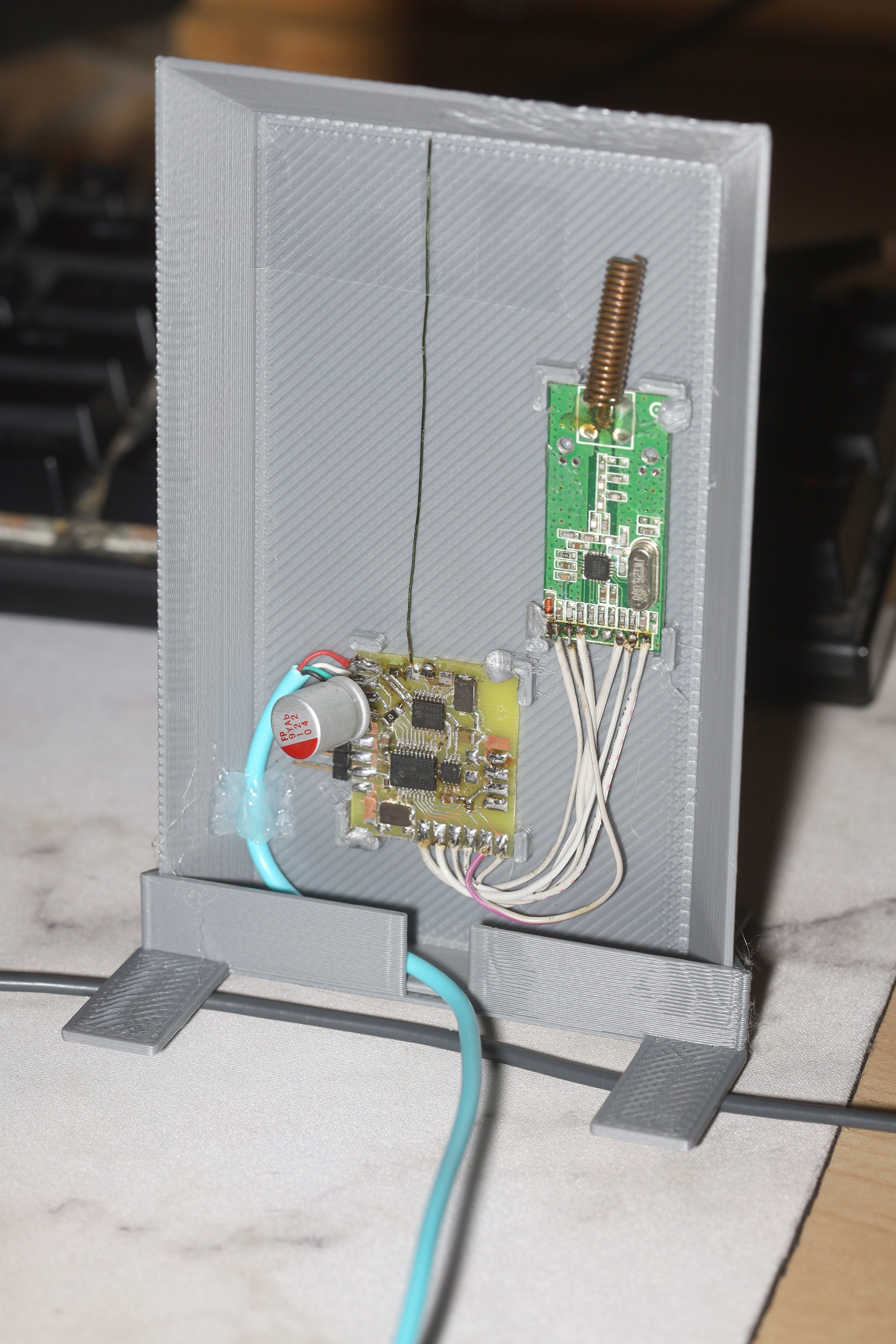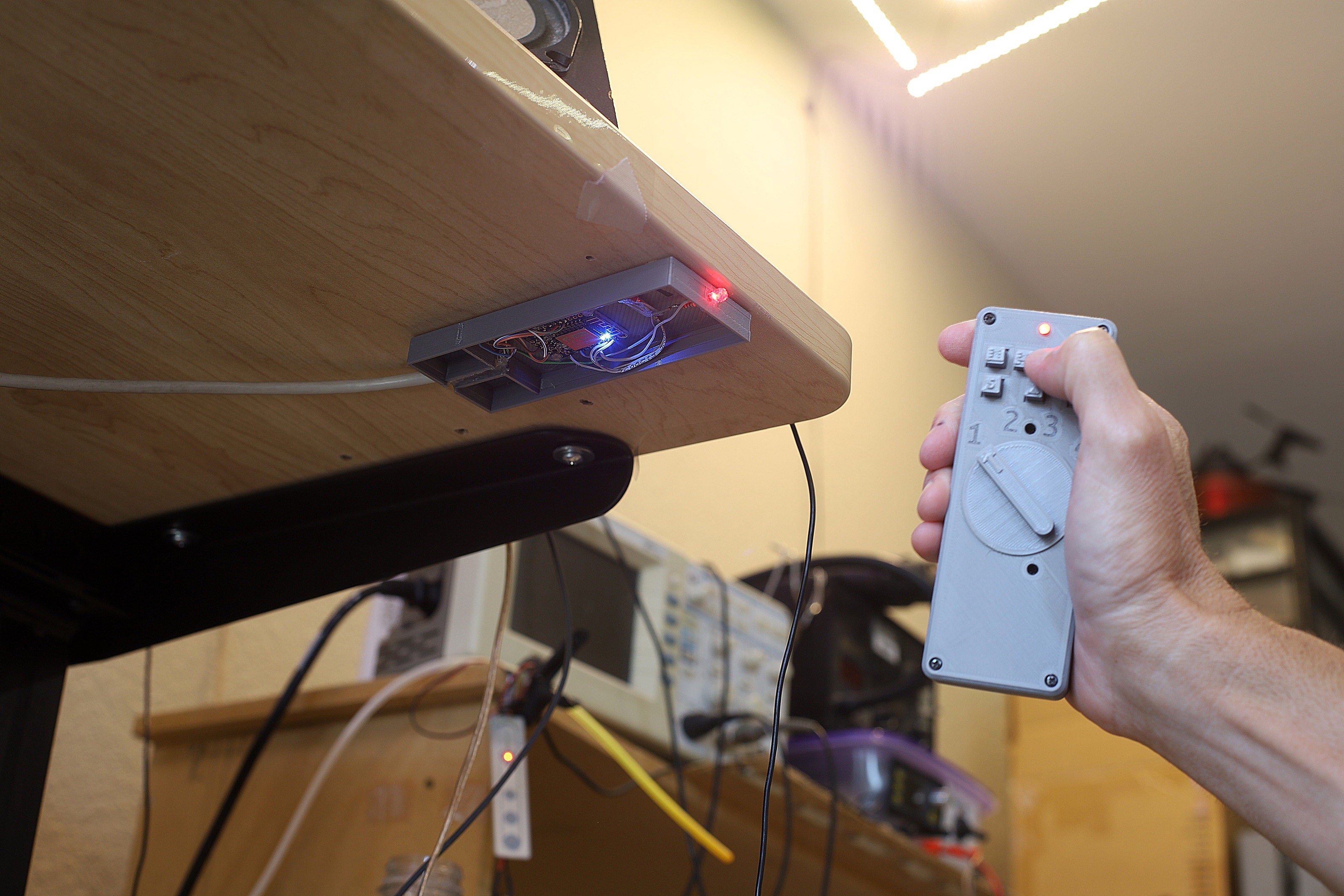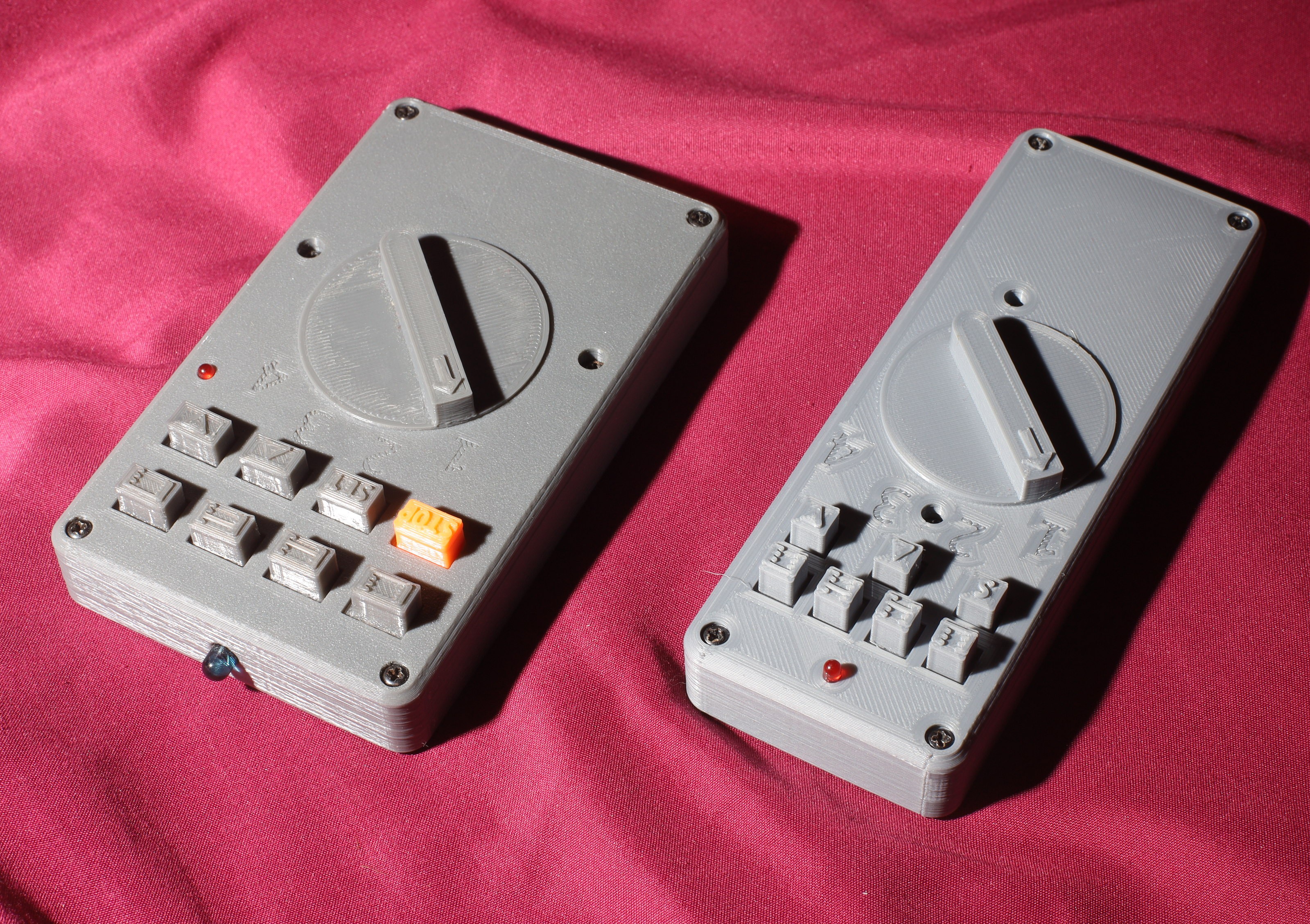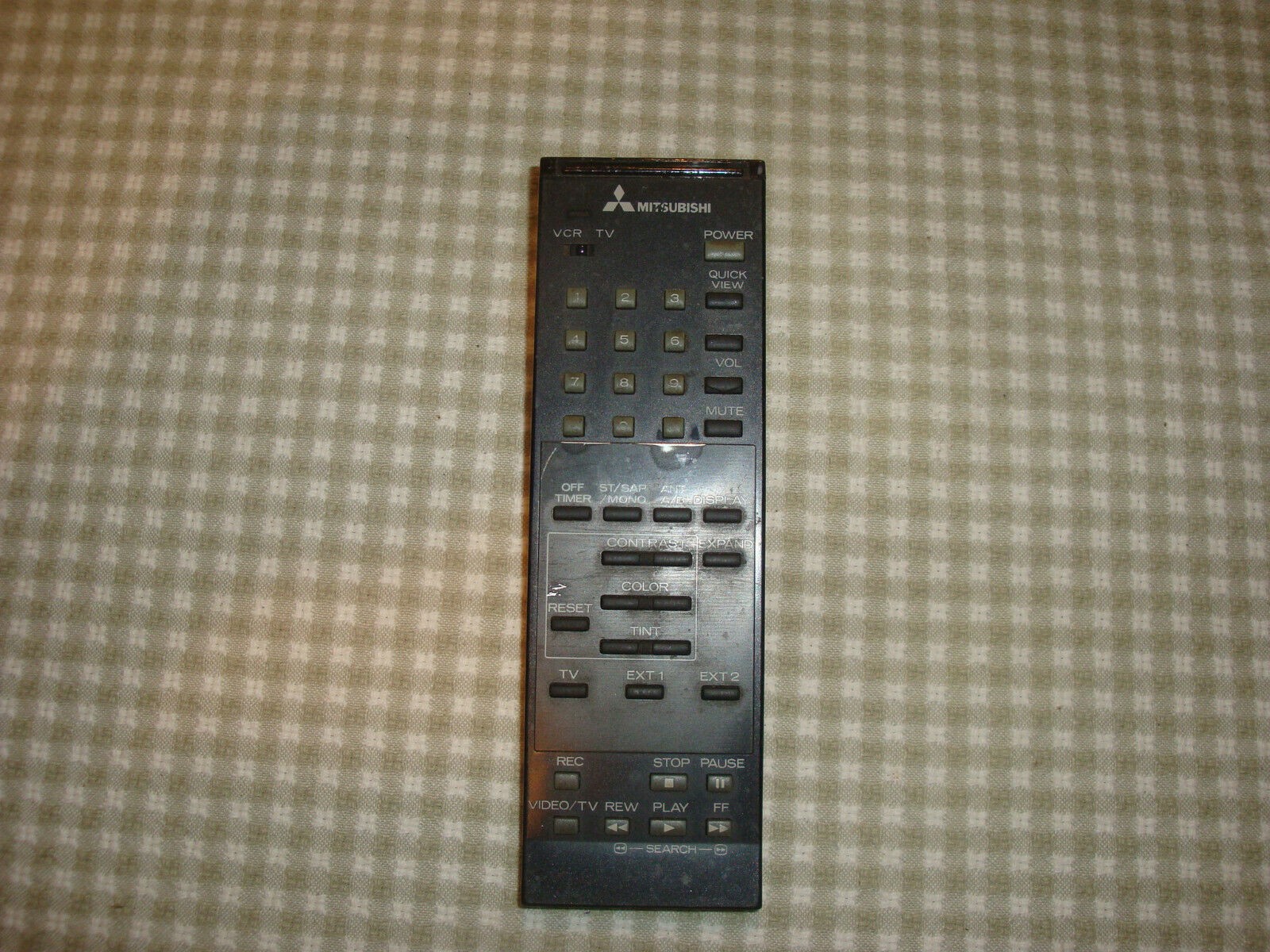The key requirement for the 8266 was rejoining the network when the router went down. The leading theory is to poll WiFi.status() != WL_CONNECTED. When it dies, call ESP.restart() to drop kick it. The mane trap for young players is ESP.restart() doesn't work immediately after flashing the board. It just goes back into the bootloader. You need to manually reset it before ESP.restart() restarts the program.
3 sided bathtubs with hot snot continued to be the best solution. The LEDs managed to be press fitted, but could also be riveted.

Production of the boards commenced.

The router extension was loosely based on the 2nd generation starlink router. Unfortunately, none of the starlink router designs are big enough to store everything required by the router. They all might end up in the gadget graveyard. The mane requirement is the antennas being vertical.
Then it was a matter of assigning desk numbers with IP addresses in dnsmasq.

When the PIC lag is combined with the wifi lag, the lag is very pronounced, but the convenience of not having to point the controller outweighs it. In the worst case, the controller has to be vertical to align the antennas. Most of the time, the controller is in 1 spot right next to the router. The biggest problem might be manually positioning to within a 1/2". You have to watch for the LED to turn on.

Controller evolution. No doubt, the old wider controller was easier to press the buttons on, but every square foot is $2000. There's always just moving the electronicals back into the old controller if the buttons prove too painful. Lions were inspired by the tiny buttons in vintage japanese remote controls.

The trick is they had large gaps between the tiny buttons. Dialing in the perfect form factor would entail many prints & a lot of money.
Considering the latency & the complexity, this system is incredibly dysfunctional compared to transmitting from the controller to a 433Mhz receiver on each desk. It would just be incredibly expensive to install an ISM radio & microcontroller on each desk, compared to bouncing the signal from a single 433Mhz receiver to the ESP8266's which were free. The ESP8266's just can't use any protocol except wifi.
There's no feature for the desks to report their status to the router. Never had a use for such a feature. There could be a benefit to dialing in a height on a browser, but it would be hard to achieve. There's no low speed manual command to change height.
 lion mclionhead
lion mclionhead
Discussions
Become a Hackaday.io Member
Create an account to leave a comment. Already have an account? Log In.